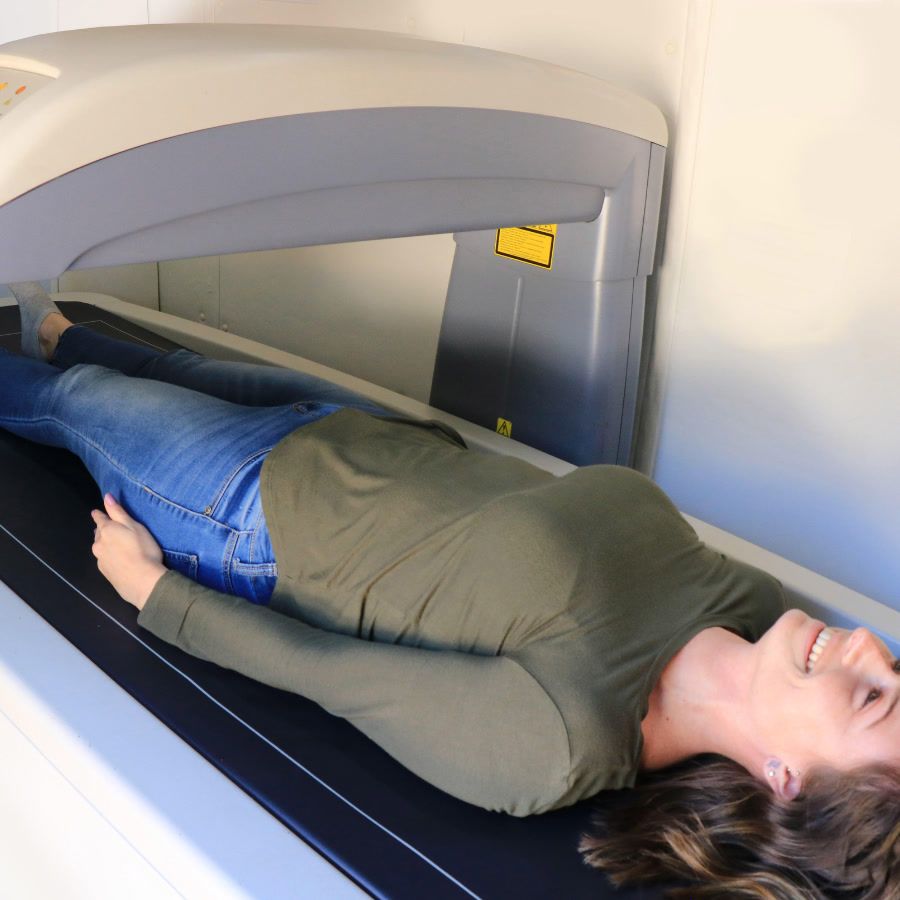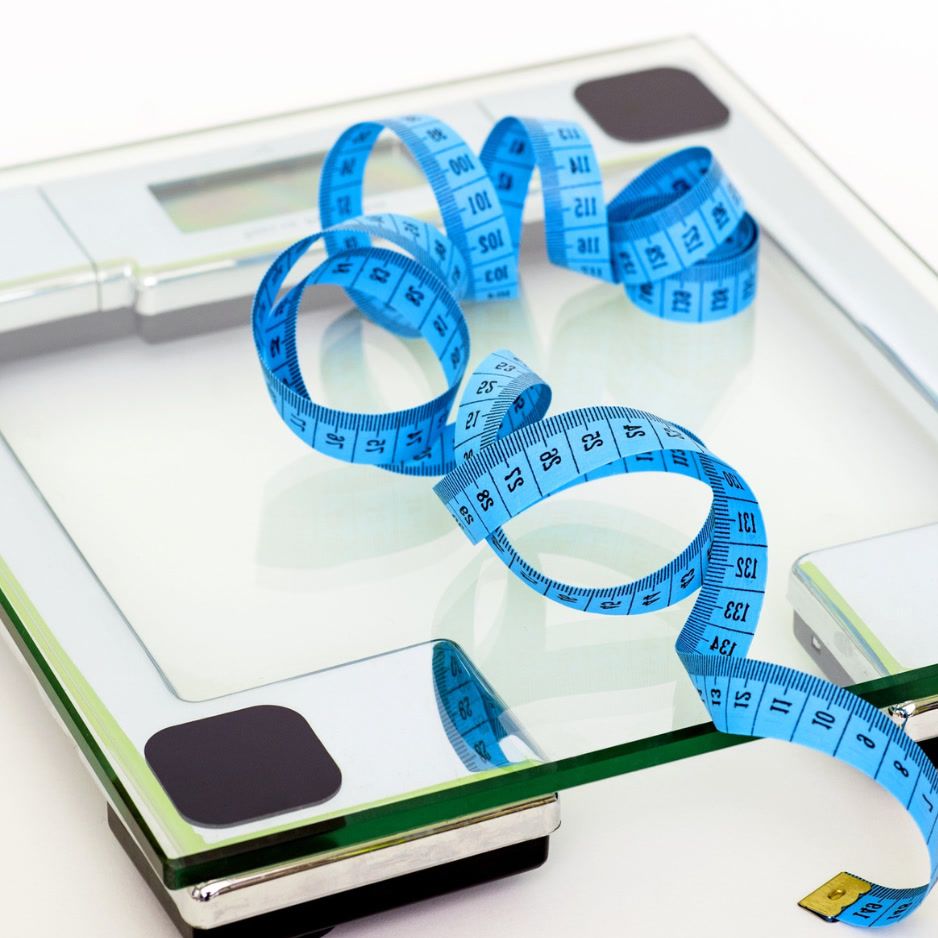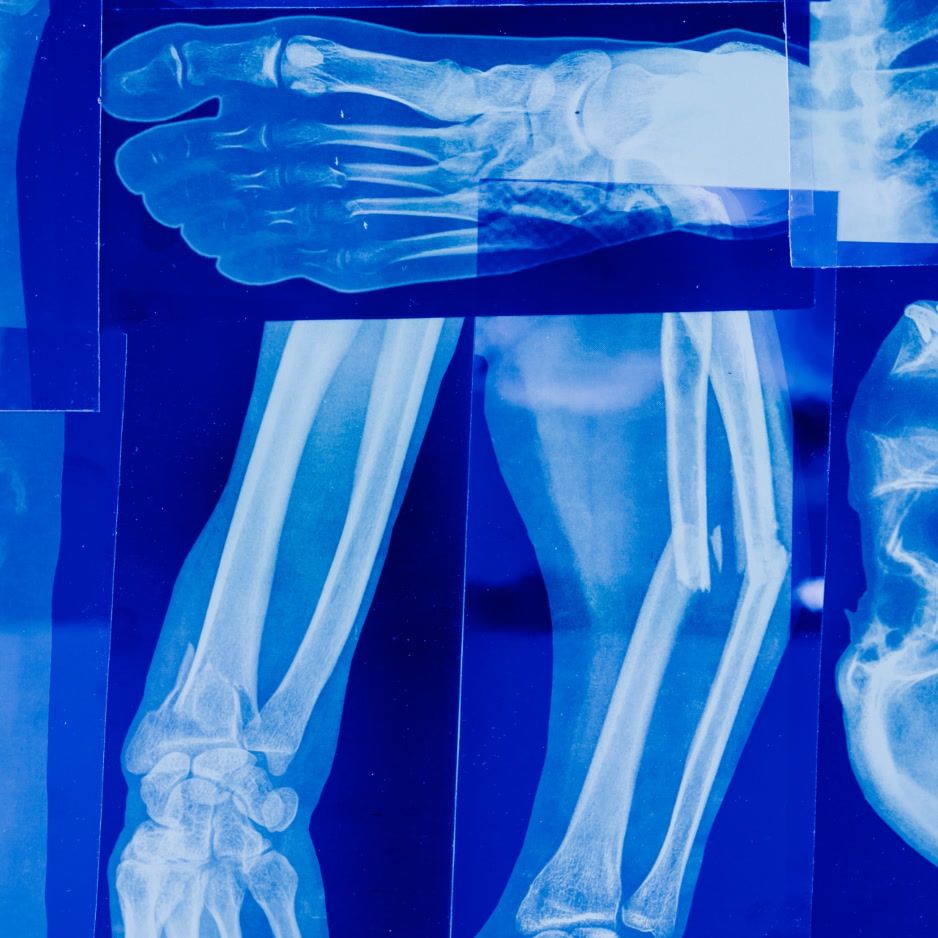How to Fix Muscle Imbalance: 4-Step Guide to Symmetry
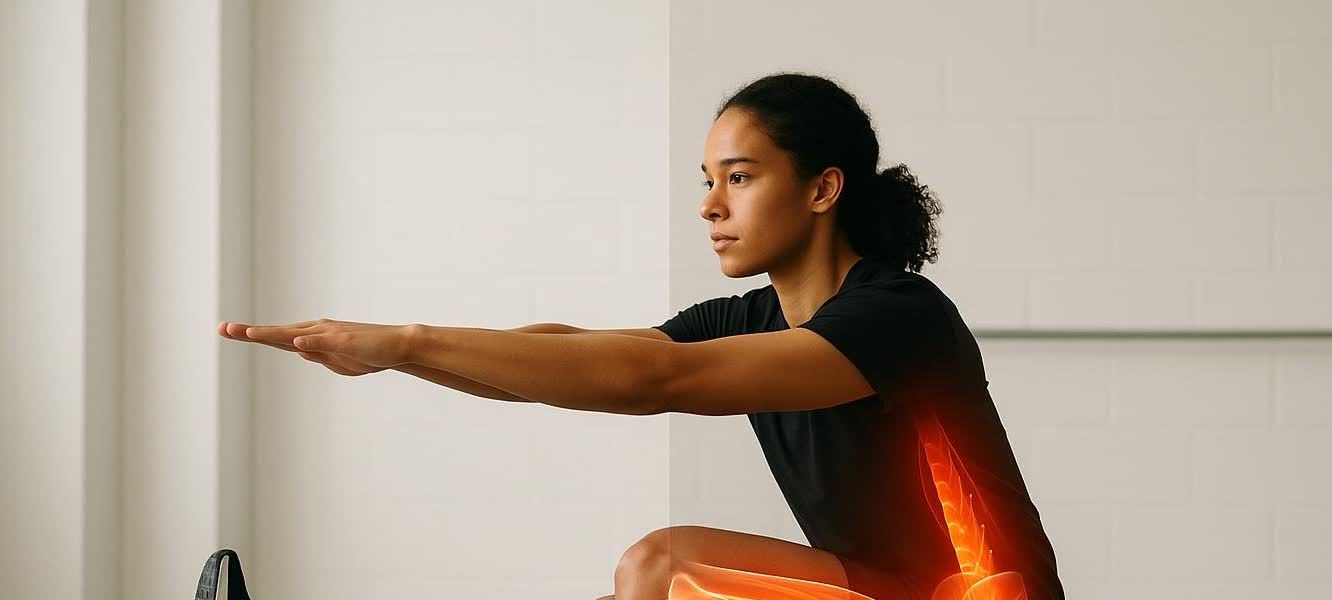
How to Fix Muscle Imbalance: 4-Step Guide to Symmetry
Last updated: August 7, 2025
Ever notice one knee cave in during a squat, or one arm fatigue faster on push-ups? These red flags point to a muscle imbalance—a situation where certain muscles are significantly stronger or tighter than their opposing group. Left unchecked, asymmetries set the stage for nagging pain, poor posture, and sidelining injuries.
This guide walks you through a science-backed, four-step protocol to identify, correct, and prevent muscle imbalances—whether you’re a desk-bound professional, weekend warrior, or trainer programming for clients.
📊 Quick win: Already have a BodySpec DEXA scan? Open your report and look for the Left vs. Right Lean Mass table. A difference greater than about 10%—a commonly used benchmark in sports science—can indicate that targeted corrective work may be beneficial.
Table of Contents
- What Is a Muscle Imbalance?
- Why Imbalances Matter
- Self-Assessment: Spot Your Weak Links
- How to Fix Muscle Imbalance: A 4-Step Framework
- Common Imbalance Cheat Sheet
- Persona Playbooks
- 15-Minute Corrective Warm-Up
- Maintenance & Prevention
- Take the Next Step
What Is a Muscle Imbalance?
A muscle imbalance occurs when one muscle (or muscle group) is stronger, tighter, or more neurologically active than its antagonist or counterpart. Imbalances fall into two broad categories:
- Side-to-side (left vs. right) – e.g., dominant arm overpowering the non-dominant.
- Front-to-back (agonist vs. antagonist) – e.g., strong chest vs. weak upper-back in “desk neck.”
Because the human body works as an integrated system, weakness or tightness in one area forces compensations elsewhere—often far from the original problem.
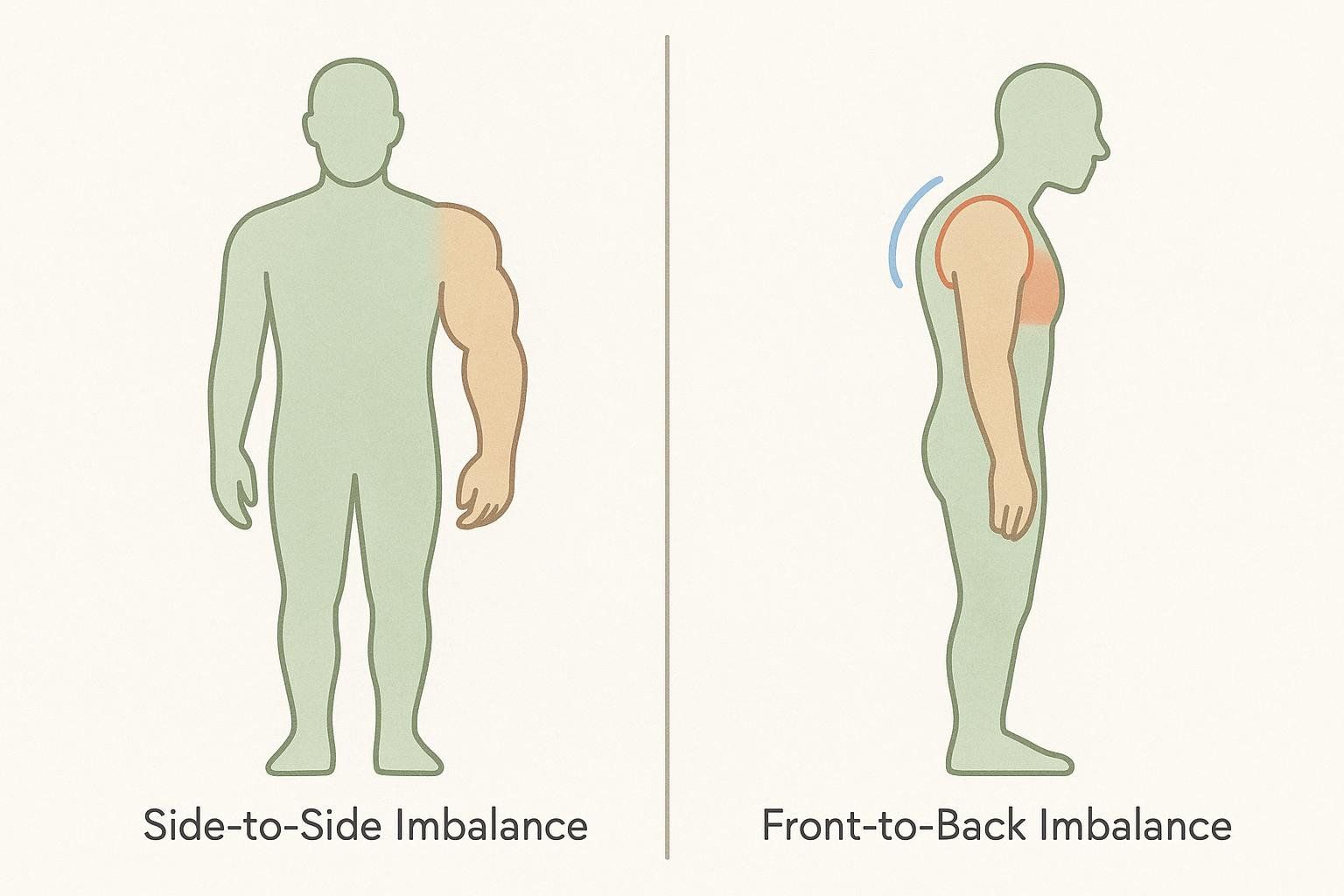
Why Imbalances Matter
- Higher injury risk. Athletes showing inter-limb strength or power differences greater than 15% were more likely to sustain lower-limb injuries in sports, according to a 2021 systematic review in Physical Therapy in Sport.
- Performance leaks. A 2023 meta-analysis found that larger lower-limb asymmetries had a small but meaningful negative correlation with sprint speed (r = 0.20) and change-of-direction ability (r = 0.24).
- Chronic aches. Tight hip flexors can tilt the pelvis forward, compressing the lumbar spine and manifesting as lower-back pain.

Self-Assessment: Spot Your Weak Links
Take 10 minutes to run through the self-assessment below. Jot down which tests flag an imbalance.
| Test | Set-Up | What to Observe | Sign of Imbalance |
|---|---|---|---|
| Overhead Wall Slide | Stand against wall—heels, glutes, and head touching. Start with elbows bent to 90° in a goalpost position, wrists and shoulders against wall. | Slowly slide arms overhead while keeping contact. | Lower back arches or wrists/shoulders lose contact with wall |
| Single-Leg Squat | Stand on one leg, squat to chair height | Knee tracks over toes; pelvis stays level | Knee caves inward or hip drops |
| Push-Up Hold (Top) | High plank, arms straight | Body forms straight line ear-to-ankle | Hips sag or shoulder blades wing |
| Active Straight-Leg Raise | Lie supine, lift one leg | Both hips stay flat on floor | Noticeable height difference between sides |
| Single-Arm Farmer Carry (challenging weight) | Walk 30 m holding a kettlebell or dumbbell that feels heavy yet manageable | Torso remains upright; no side lean | Trunk leans or grip fails early |
How to Fix Muscle Imbalance: A 4-Step Framework
Think of fixing imbalances as a funnel—address soft-tissue restrictions first, then groove new patterns under load.
- Release (Foam Roll or Massage Gun)
Target overactive tissue for 30–60 s per spot. Example: roll the IT band if your knee caves in. - Lengthen (Stretch)
Follow release with 30-second static or 8-rep dynamic stretches to lock in new range. - Activate (Isolation Drills)
Fire up sleepy muscles with light resistance (mini-band, body-weight) for 2–3 sets of 10–15 reps. - Integrate & Strengthen
Progress to compound, often unilateral, lifts (split squat, single-arm row) for 3–4 sets of 6–12 reps.
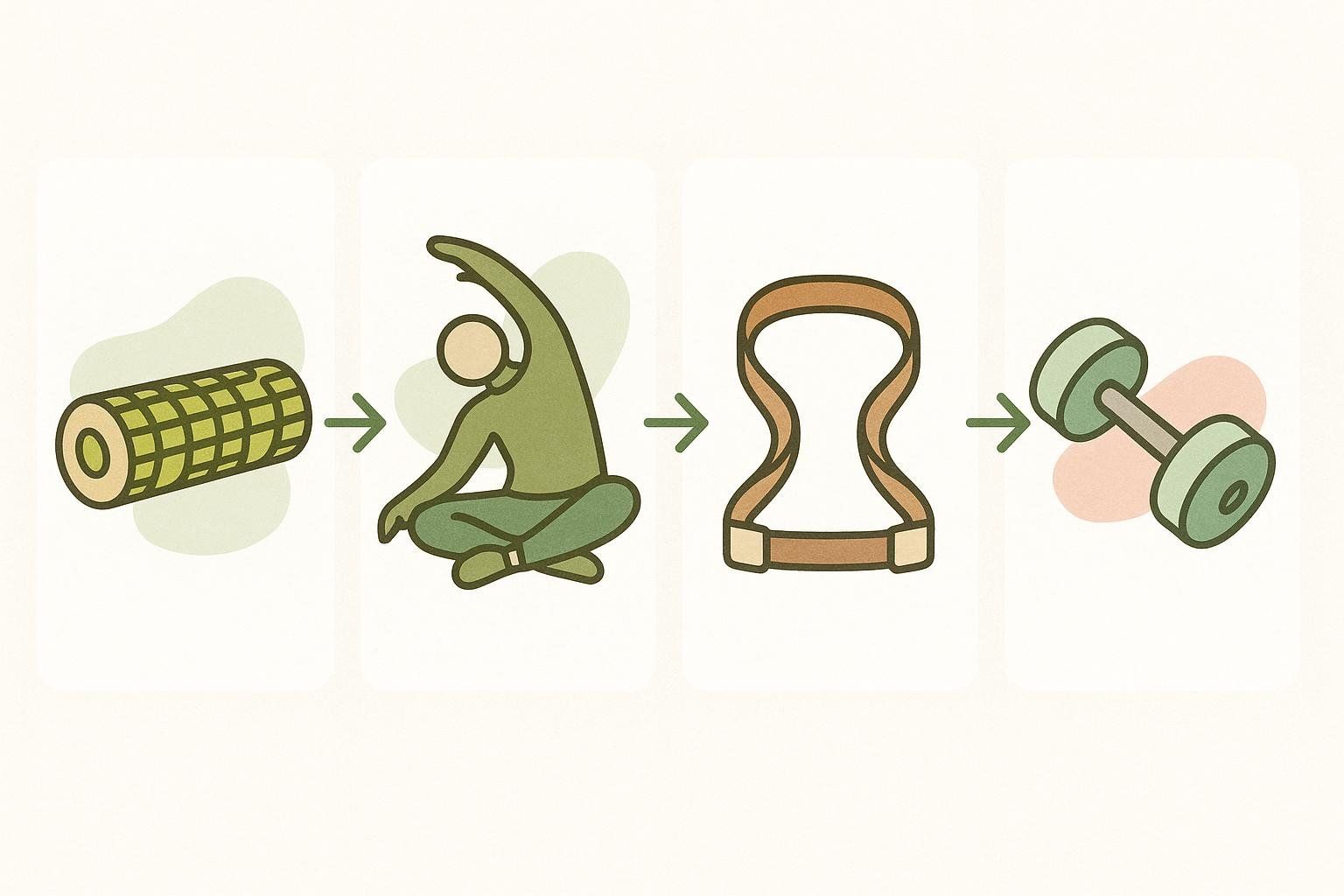
Pro tip: Perform Release → Lengthen → Activate before your main workout; reserve heavy Integrate drills for the strength block.
Common Imbalance Cheat Sheet
The following common patterns are based on the “crossed-syndrome” concepts pioneered by functional rehabilitation expert Dr. Vladimir Janda.
| Pattern | Tight / Overactive | Weak / Underactive | Key Fixes |
|---|---|---|---|
| Upper-Crossed (rounded shoulders) | Chest, upper traps | Mid-back, deep neck flexors | Chest stretch → Prone Y-raise → Face pull |
| Lower-Crossed (anterior pelvic tilt) | Hip flexors, lumbar extensors | Glutes, deep core | Hip-flexor lunge stretch → Glute bridge → Dead bug |
| Valgus Knee (knee caves in) | Adductors, TFL | Glute medius | IT-band roll → Side-lying clamshell → Lateral step-down |
For more mobility drills, check out our mobility exercise library.
Persona Playbooks
For the Desk Worker

Top issues: Rounded shoulders, weak glutes.
3-Move Micro-Break (twice daily)
- Chest doorway stretch – 30 s hold
- Standing glute squeeze – 20 reps
- Band pull-apart – 15 reps
Time: about 3 minutes
For the Weekend Warrior
Top issues: Tight hip flexors, hamstring strains.
Pre-Run Primer
- Foam-roll quads & hip flexors – 1 min each side
- Dynamic hip-flexor stretch – 8 reps/side
- Single-leg RDL – 2 sets of 8 reps/side
For the Strength Coach
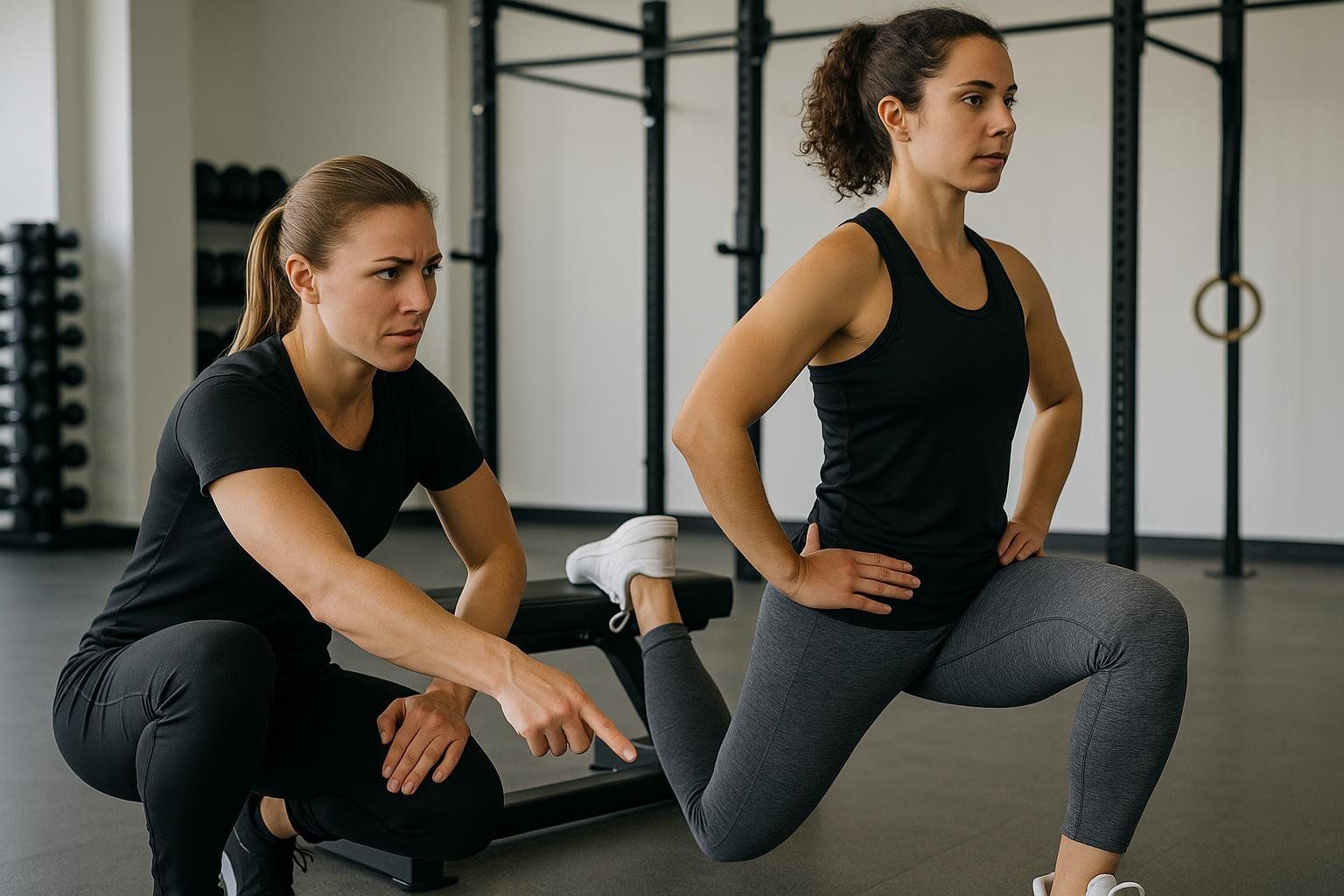
Top issues: Client-side strength gaps, programming symmetry.
Sample Accessory Block (add after main lifts)
- Single-arm landmine press – 3 sets of 8 reps/side
- Bulgarian split squat – 3 sets of 10 reps/side (start with weak leg)
- Suitcase carry – 3 sets of 40 m/side
Goal: Keep left–right strength gap < 10% over 8 weeks (a common benchmark for minimizing injury risk and performance leaks).
15-Minute Corrective Warm-Up
Perfect when you’re short on time but want to stay on track.
| Phase | Exercise | Dosage |
|---|---|---|
| Release | Foam-roll calves & glutes | 2 min |
| Lengthen | World’s Greatest Stretch | 2 min |
| Activate | Mini-band glute bridge | 3 sets of 12 reps |
| Activate | Scapular wall slide | 3 sets of 10 reps |
| Integrate | Walking lunge with overhead reach | 2 sets of 10 reps/side |
Total: ≈15 minutes.
Maintenance & Prevention
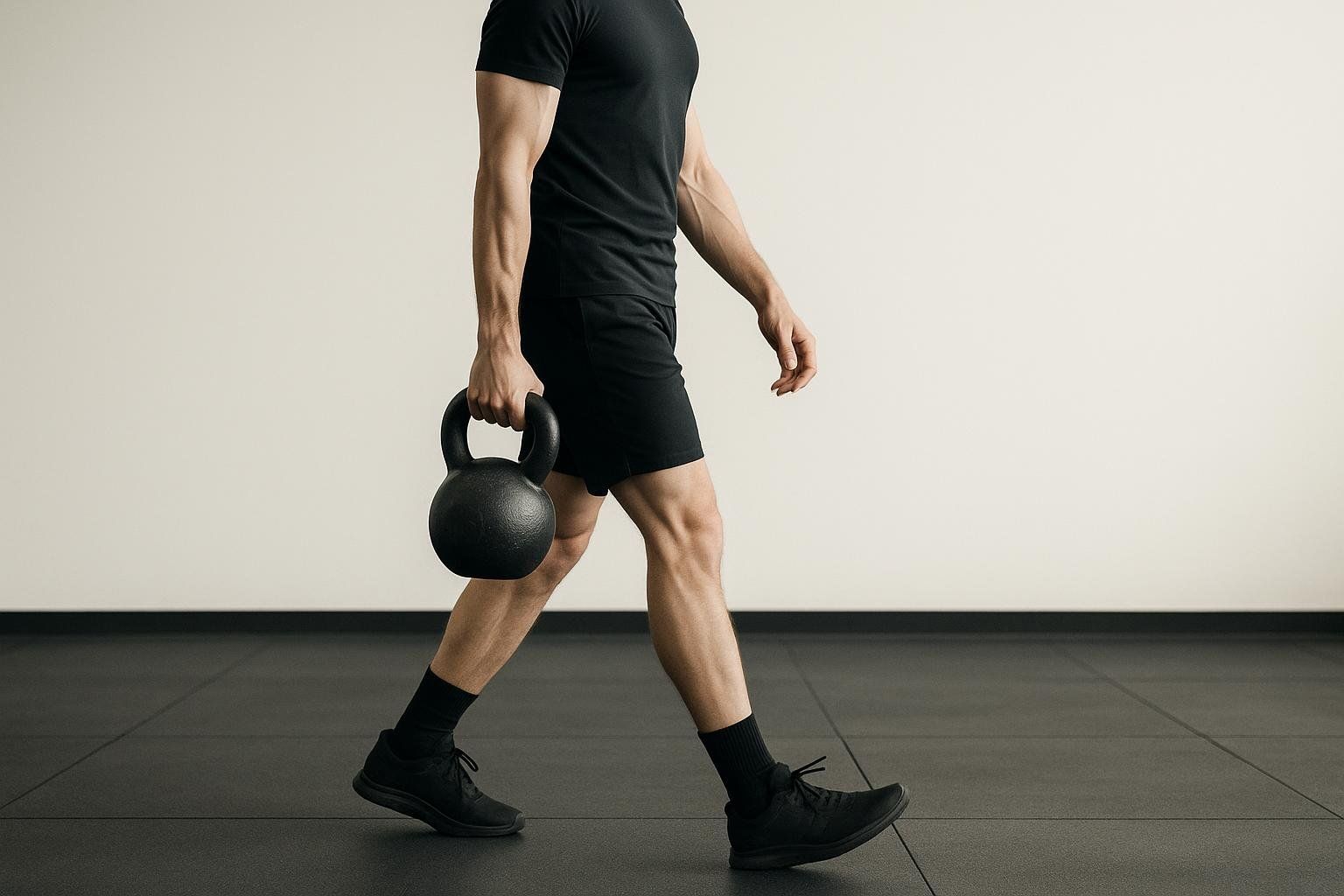
- Unilateral strength work weekly. Bulgarian split squats, single-arm rows, suitcase carries.
- Program balance. Match every push with a pull, every quad-dominant with a hip-dominant movement.
- Track progress objectively. Repeat the assessment every 4–6 weeks or book a follow-up DEXA to compare side-to-side lean mass.
- Sleep & nutrition. Muscles repair symmetrically only when nutrient and recovery needs are met.
For more core help, see our guide on building core strength.
Take the Next Step
• Book a BodySpec DEXA scan to quantify left-right muscle mass and monitor your symmetry like a pro.
A balanced body isn’t just about aesthetics—it’s your insurance policy against pain and plateaus. Start today, stay consistent, and check back in with fresh data every few months to keep your progress on track!
Disclaimer: This content is for educational purposes and is not a substitute for professional medical advice. Always consult a qualified healthcare provider before starting a new exercise program.
